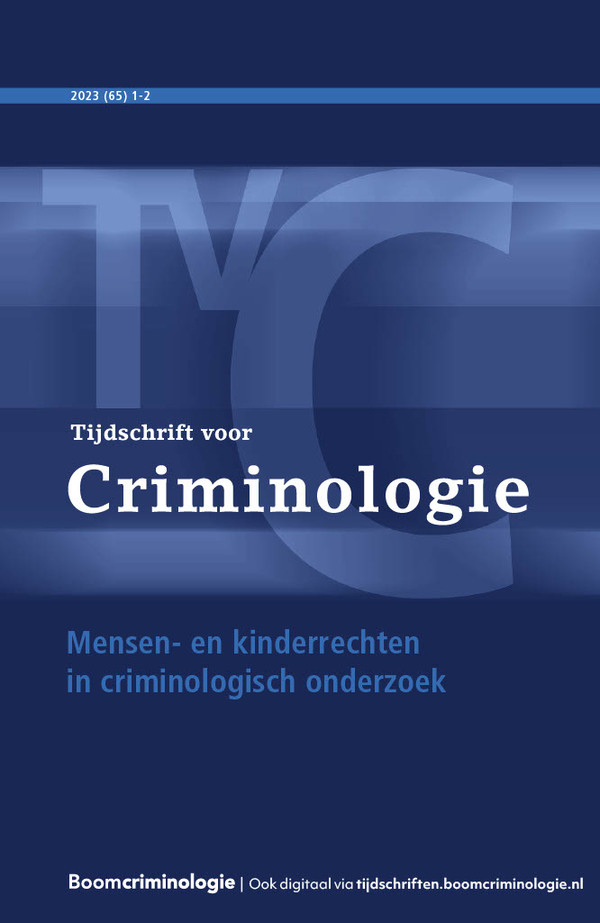|
Thousands of people are fined every year. However, for individuals with financial problems, a fine may be more severe than for those with sufficient financial capacity. When imposing a fine, a judge should therefore take into account the financial capacity of an accused person. To date, however, there are hardly any insights into the financial situation during sentencing and it is unknown to what extent people with more and less financial capacity receive other sentences. In this study, the financial situation of convicted persons is mapped out on the basis of administrative data. The results show that debt problems among accused persons are common and that people with less financial capacity receive different sentences than people with more financial capacity. |


Tijdschrift voor Criminologie
Over dit tijdschriftMeld u zich hier aan voor de attendering op dit tijdschrift zodat u direct een mail ontvangt als er een nieuw digitaal nummer is verschenen en u de artikelen online kunt lezen.
| Artikel |
Schulden en boetesInzicht in de financiële situatie en strafoplegging van veroordeelde personen in Nederland |
| Trefwoorden | debt problems, financial capacity, ability-to-pay, sentences, prison |
| Auteurs | Rosa Koenraadt en Pauline Schuyt |
| SamenvattingAuteursinformatie |
| Artikel |
De invloed van opsporings- en vervolgingsbeleid op de Nederlandse gevangenispopulatietrendEen diepgaande analyse van de omvang van de gevangenispopulatie tussen 2000 en 2020 |
| Trefwoorden | Prison population, Criminal justice system, Statistical analysis, Investigation and prosecution policies |
| Auteurs | Hester de Boer, Sigrid van Wingerden en Miranda Boone |
| SamenvattingAuteursinformatie |
|
The size of the Dutch prison population has fluctuated significantly between 2000 and 2020. More insight into the underlying causes of these fluctuations is necessary. In this contribution, we argue, based on statistical and document analysis, that investigation and prosecution policies have been decisive in shaping the trends in the size of the Dutch prison population. The decline between 2005 and 2016 appears to be partly a result of prioritisation within investigation and prosecution towards (less severe forms of) crime in which civilians feel most victimised. The increase from 2016 onwards is supported by a shift in prioritisation within investigation and prosecution policy. |
